Lono Mansion
About forty kilometres east of Norrköping lies Lono mansion on Bruviken peninsula. Between the years 1939 and 1981 the Swedish revue artist, singer, actor and primadonna Zarah Leander lived at the mansion. Zarah was born in 1907 in Karlstad as Sara Stina Hedberg and showed an early talent for music and acting. In 1926 she applied for admission to Dramaten in Stockholm but was not accepted. In 1927, she married actor Nils Leander, with whom she had two children (Göran 1927 and Boel 1929). Although she was a mother of small children, her dream of becoming a singer and actress remained and she practiced in secret with her in-laws at Risinge vicarage just outside Finspång, Östergötland County. Her chance came in 1929 when the revue artist, Ernst Rolf, sought a replacement for Margit Rosengren who had become ill before a performance in Norrköping. Zarah succeeded to convince Ernst that she was the right woman for the role. The performance was a success and from then on Zarah was a celebrated star on the Swedish stage.
In 1936 she played in Vienna where the Germans was impressed by her talent and performance. German star Marlene Dietrich had fled to the United States and the Germans searched for a replacement. She signed a contract with the German film company UFA (Universum Film AG) which, after Nazi takeover in 1933, became a department of Josef Goebel’s Propaganda ministry. In the thirties, perhaps Germany was ”bigger” than Hollywood and according to Zarah herself, she received offers from both Hollywood and London, but chose Berlin because it gave her the professional best conditions and that he was also closer to Sweden.
Zarah was a skilled negotiator and let herself not be persuaded to become a German citizen, nor did she ever become a member of the Nazi party. Despite top Nazis tried to persuade her. She became an esteemed and celebrated star, but everything she did on behalf of the UFA served, of course, the regime. She met Goebbels several times, but according to her, met Hitler only twice, and then hastingly. in 1939 she bought Lono mansion for 235,000 Swedish Crones, in Berlin she lived with the children in a nicer villa in Berlin – Dahlem, but travelled to Sweden when opportunity was given. During an allied bombing over Berlin in 1943, Zarah’s villa was slightly hit, and she moved back to safety in Sweden.
However, Zarah’s stay and work in Germany were not appreciated in Sweden and she was quarantined more or less after returning home. Zarah argued that her choice of Germany was purely for professional reasons and that there were no political or ideological motives whatsoever behind her choice. It was probably that way, and she herself has said that she was politically naive and thus could not predict the consequences of her choice. For Zarah, career was important and it was Germany that offered the best opportunities. In 1949, however, Zarah made a comeback and continued performing until 1978 when she suffered a brain hemorrhage. Zarah died at Danderyd Hospital in June 1981, and is buried with her third husband, pianist Arne Hülpher’s (died 1978), at the cemetery of Häradshammar (not far from Lono). During his life, Zarah was married three times, Nils Leander (1927 – 1932), Vidar Forsell (1932 – 1943) and Arne Hülphers (1956 – 1978).
Current status: Preserved (2016).
Location: 58° 35'49 N, 16° 44'14 E
Get there: Car.
Follow up in books: Jacobi, Jutta: Zarah Leander: En stjärnas liv (2007).

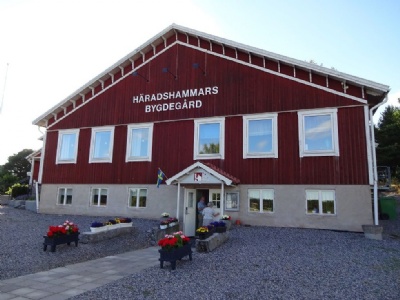
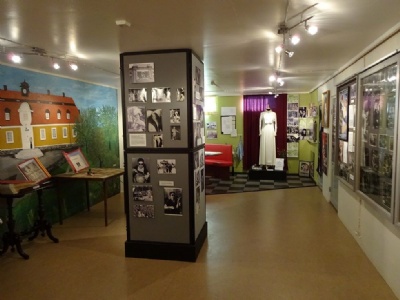
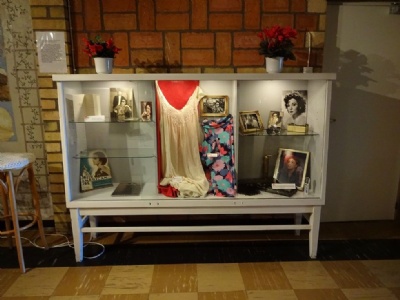
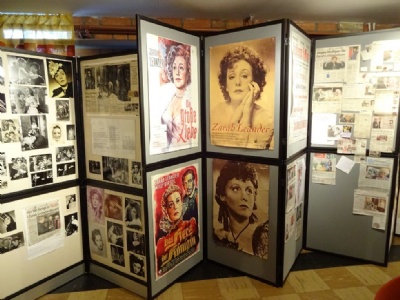
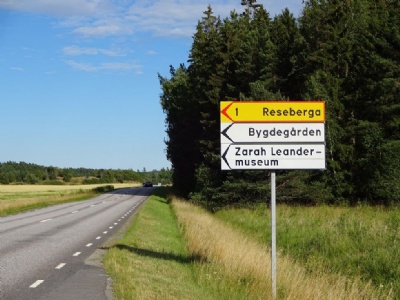
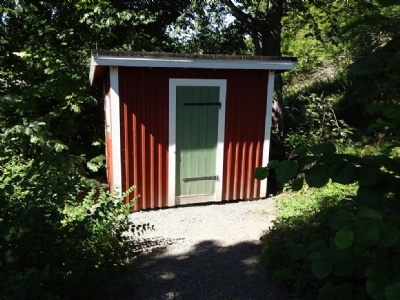
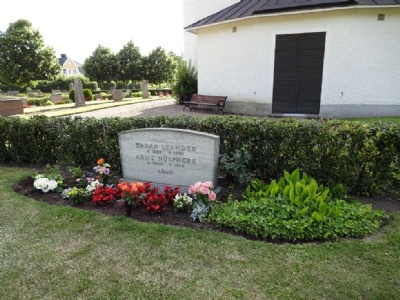
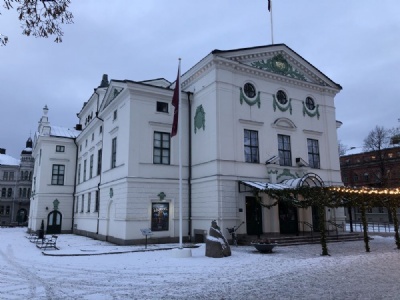

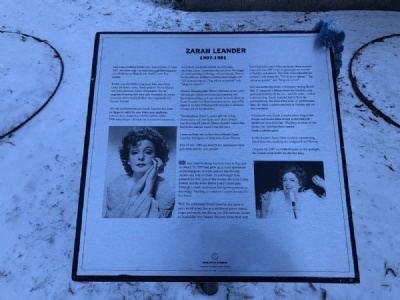

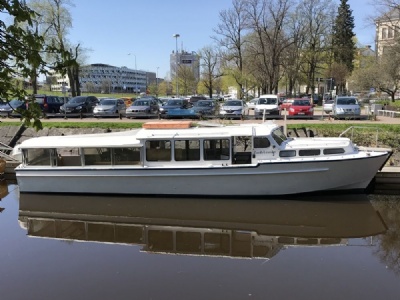
The mansion is 2016 owned by former Swedish parliament president, Per Westerberg, and is located on private land. This makes it difficult to get a good overview of the mansion.
Zarah’s connection to Nazi Germany is still a topic of debate/discussion, which contributes to her not getting the recognition she deserves. To judge her only on the basis that she worked for UFA is unfairly. But at the same time, one must relate to the fact that she worked for UFA. A delicate balance, in other words. In her native town of Karlstad, she has only in recent years been brought into the light. There is a bust of her inside the entrance to Wermland’s opera house, and the site of the opera is since October 2021 called, Zarah Leander’s place. On the street where she was born there is a memorial plaque and one of the city’s boat buses has been named Zarah Leander.
At the Häradshammar Homestead, just a few kilometers from Lono, opened on the initiative of Zarah Leander Society a museum on her 100th anniversary in 2007. The museum is run on a non-profit basis and opening hours are extremely limited. But those who find it will not be disappointed and the Society has by small means managed to create an interesting museum that is well worth a visit. The non-profit people who run the museum are very accommodating and nice and if you contact the museum in advance, it is no problem to get a visit outside of regular visiting hours. At Risinge vicarage, the outhouse that she sneaked off to practice has been recreated and there the visitor can go in and listen to Zarah singing, Do you want to see a star.